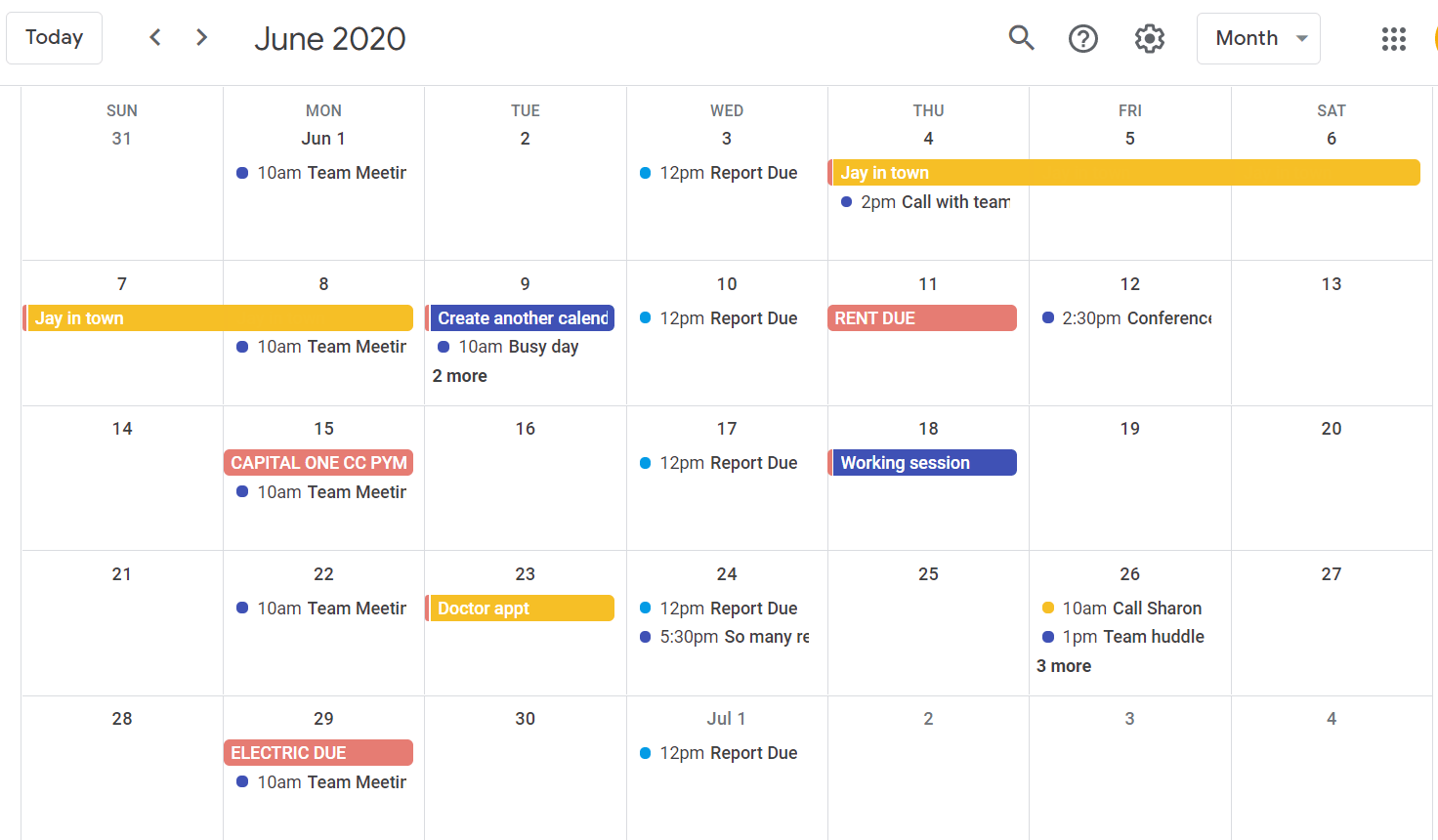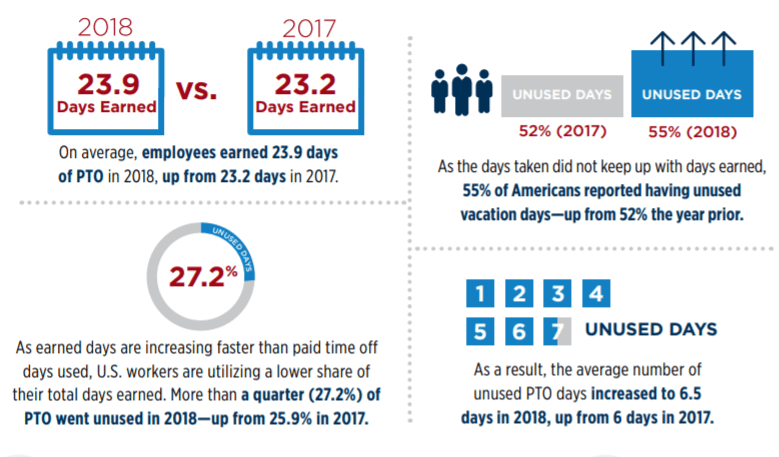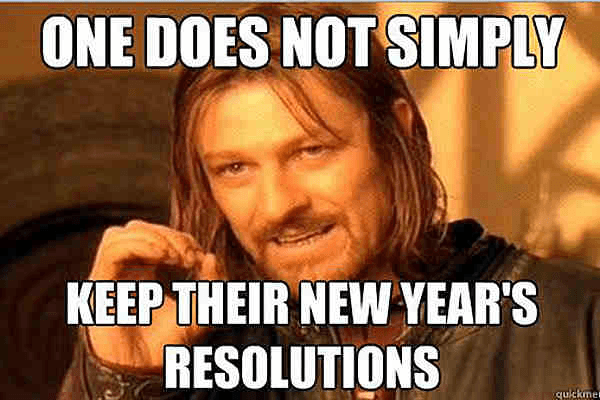There are some people who won’t rest until they become a multimillionaire and have that perfect house (white picket fence included). And some of us, meanwhile, will be happy if we can simply uncover the baffling mystery of how to balance work and life.
If you’re in this second camp, then this article is for you, my friend.
Whether you’re new to working or a grizzled veteran, chances are that you struggle with achieving work-life balance. Heck, I’ve been working for eight years now, and sometimes I still feel like an amateur.
But the good news is that it gets easier when you make a real effort and experiment until you find what works best for you.
Just imagine yourself on an epic quest like Frodo from Lord of the Rings or Arya Stark from Game of Thrones. This will all feel way cooler.
To help you on your way, we’re going to look at eight tips for work-life balance. I encourage you to give them a shot for at least a couple of days – you might be surprised at what sticks and what doesn’t.
Your journey begins now.

Post Contents
- 1. Arrange Your Personal and Professional To-Do Lists by Priority
- 2. Use a Calendar for Self-Accountability
- 3. Set a Daily Window for Checking and Answering Work Messages
- 4. Play to Your Strengths, and Delegate Your Weaknesses
- 5. Learn to Say ‘No’
- 6. Use. Your. Vacation. Days.
- 7. Make Time Every Day for Something You Enjoy
- 8. Start With Small Goals and Keep Building
- How to Balance Work and Life: The Ultimate Quest
- Want to Learn More?



1. Arrange Your Personal and Professional To-Do Lists by Priority
This is a really common phenomenon when balancing work and family: You start your day with a bunch of personal and professional tasks you hope to get done.
You sail through the first couple hours of the day, but then you get caught up by unexpected emails and phone calls. Then, a family member asks you for help, or your child has a meltdown. And, then, you have to put out a fire at work.
→ Click Here to Launch Your Online Business with Shopify
By the end of the day, you might be halfway through your mental list wondering where your time went.
A good strategy for preventing this is to create two physical lists, one for work stuff and one for personal life stuff. Write down everything you can think of that needs to be done today or even this whole week.
Then, rearrange that list by priority and urgency – place them in categories one through three, with one being the highest priorities and three being the lowest.
This way, you can start each day with at least one or two items from the high-priority category. You’ll be able to get the most important tasks done first before the inevitable distractions start to get in your way.
2. Use a Calendar for Self-Accountability
Consider this an extension of the previous tip for managing work-life balance. You have a physical list, and now you can take the next step by popping all those items into your calendar.
I’m not gonna lie: My Google Calendar is pretty much my best friend. I can update it on my computer or my phone, and set it to send me reminder emails and notifications when things are coming up.
I can also color-code items so that I can easily see which are personal and which are for work. You can use color-coding for all kinds of things, like for the days your bills are due or for tasks that need to be done for different clients if you have multiple.

Having an updated, detailed calendar helps to ensure that nothing slips between the cracks. It also helps prevent the phenomenon of your whole dang day vanishing into thin air – you’ll be more aware of how much time is passing and how many things aren’t getting done.
In comparison to a mental list, writing everything down and scheduling it into your day gives you waaaaay more accountability. Even if you can’t control the distractions, you’ll have a better idea of how your time is used. And that’s one step closer to achieving work-life balance.
3. Set a Daily Window for Checking and Answering Work Messages
This is one of the most impactful tips for work-life balance that I can bestow upon you.
Because practically everyone I know who struggles with work-life balance has this in common: Their phones and emails are constantly blowing up – and they’re constantly checking and responding.
If you have a lot of things going on during any given day, this is almost certainly taking a significant chunk of your time.
And it’s probably also having a negative impact on your family life. How many times have you been scolded for being on your phone when you’re supposed to be spending quality time with someone else?
It’s a lot easier said than done, but you could snag a huge win in the work-life battle if you can manage to keep work inside work hours as much as possible. Set a time window for engaging with work messages. This might be a traditional 9-to-5, or maybe you’d like to start checking messages at 10 or 11 a.m., so you can have a distraction-free morning.
When you’ve officially exited your time window, turn off your notifications. Log out of your email. Put your phone on silent, or leave it in the other room during dinner.
If your messages have control over you, change the dynamic. Take the power back.
4. Play to Your Strengths, and Delegate Your Weaknesses
Learning new things takes time. Dragging your feet to do something you hate also takes time.
Instead of loading yourself up with things you don’t like or things you aren’t good at, see if you can delegate those tasks to others. This can add a shockingly large amount of time back to your day, as you’ll be able to focus better when you’re doing things you actually enjoy and can do quickly and efficiently.
If you’re managing a team at work, assigning tasks to others is a breeze. Try having a team meeting to see how things can be rearranged to accommodate everyone. If you’re not in a position to give orders, try trading tasks or projects if you can swing it.
This also works in a home environment. You can trade chores or responsibilities with your significant other, or give your kids more of their own chores around the house if they’re old enough.
When you can pull this off, it’s also a bonus for your own daily happiness and stress levels – which is a massive contributor to your ability to have a healthy work-life balance.

5. Learn to Say ‘No’
Being a “yes” person is another risk factor for needing to improve work-life balance. You want to please everyone, which is a great character trait.
I’m not saying you should start being a jerk to everyone who needs something, but I am saying that being a “yes” person can backfire – swiftly and constantly.
So, it’s important to be judicious about what you’re agreeing to and how often you’re agreeing. This means that you have to disappoint people sometimes. (But remember: The odds are that people are likely less disappointed than you might feel.)
Saying no can feel like a Herculean feat, but the more you practice, the easier it gets. As a bonus, you’ll learn valuable interpersonal and communication skills that will help you keep great work and personal relationships.
It can be as easy as using lines like:
- I can’t help right now, but I can help tomorrow afternoon if you still need it.
- I’m sorry, but I don’t have any more room on my plate this week.
- I really want to go with you, but I know that I’ll be exhausted if I do.
Check out this great article from UC Berkeley that gives you more tips for saying no, in both personal and professional settings.
6. Use. Your. Vacation. Days.
Did you know that in 2018, Americans left 768 million days of paid time off (PTO) on the table? And 55 percent of Americans said they didn’t use all of their allotted vacation days.

To put it lightly, this is not great news.
There are lots of reasons why people are choosing not to take paid vacations – including a lot of pressure to perform and to not look like a slacker.
But the truth is that you’ll never have a complete balance between work and life if you can’t take time off work to do things that you enjoy.
You don’t even need to take a fancy trip or plan something extravagant. You can just sit on your couch and binge watch reality TV in your underwear for a week straight if that’s what you want.
The point is that you need to “refill your cup” so that you have more to give to your work and family in the long-run.
If you’re constantly on the grind, you’ll eventually get burnt out. And the result is that your productivity, efficiency, and even your creativity and problem-solving skills will suffer. Your general mental health will decline, and you’ll struggle to give 100 percent in both your work and personal endeavors.
Don’t get to that point. Use your vacation days.
7. Make Time Every Day for Something You Enjoy
Vacation days are just part of the formula for refilling your cup. You’ll also need to implement this rule on a more consistent, micro scale.
Ideally, you should do one thing that you enjoy every single day.
Make another physical list. Write down all the things you enjoy, big and small, like:
- Tanning on a tropical beach
- Exploring ancient ruins
- Making your grandma’s famous lasagna
- Calling your best friend
- Cuddling with a family member or pet
- Playing a card or board game
- Reading a book
- Listening to that one song that makes you dance uncontrollably
Don’t leave anything out.
Now, organize that list into things you can do on a daily basis without spending too much extra time or money.
Put a space in your calendar every day for you to do just one of those things. Choose a time that’s accessible to you, like after dinner or before your workday starts. When that time comes up, pull out your list and pick something.
Easy, right?
When you can regularly cultivate some “me-time” and cater to your own needs, you’re building a foundation for managing work-life balance. You’re keeping yourself revitalized, excited, and mentally nimble.
8. Start With Small Goals and Keep Building
I often have periods when I’m insanely motivated, setting drastic goals and making lots of awesome plans for myself. But then life happens, and that motivation shrinks or even disappears in a few weeks (or even a few days). Before I know it, I find myself back to where I started.
One classic example of this is the New Year’s Resolution that becomes a distant memory by March. No judgments… we’ve all been there.

It’s so easy to set big goals, but it’s even easier to stay in your old habits. This is especially true when those big goals require you to change so many things about yourself all at the same time.
That’s why you should start with one or two small goals. Then, once they feel like they’ve officially become habits, you can add a couple more small goals. Then, eventually, you can shift your sights to bigger goals that tie the smaller components together.
There’s loads of psychological research that shows why this is better than diving straight into the deep end.
How to Balance Work and Life: The Ultimate Quest
And now it’s time for our hero to venture forth into the great unknown.
Finding work-life balance might take you some trial and error, but the payoff will be incredible once you figure out the techniques and strategies that work best for you, your work, and your family.
The most important thing is that you’re able to put yourself first every now and then. Take those vacation days, enjoy a few moments of peace and silence every day, and spend meaningful time with the people you love doing the things you love.
After all, you’ve worked so hard to build an amazing life for yourself – what’s the point if you can’t occasionally kick back and enjoy it the way you want?






